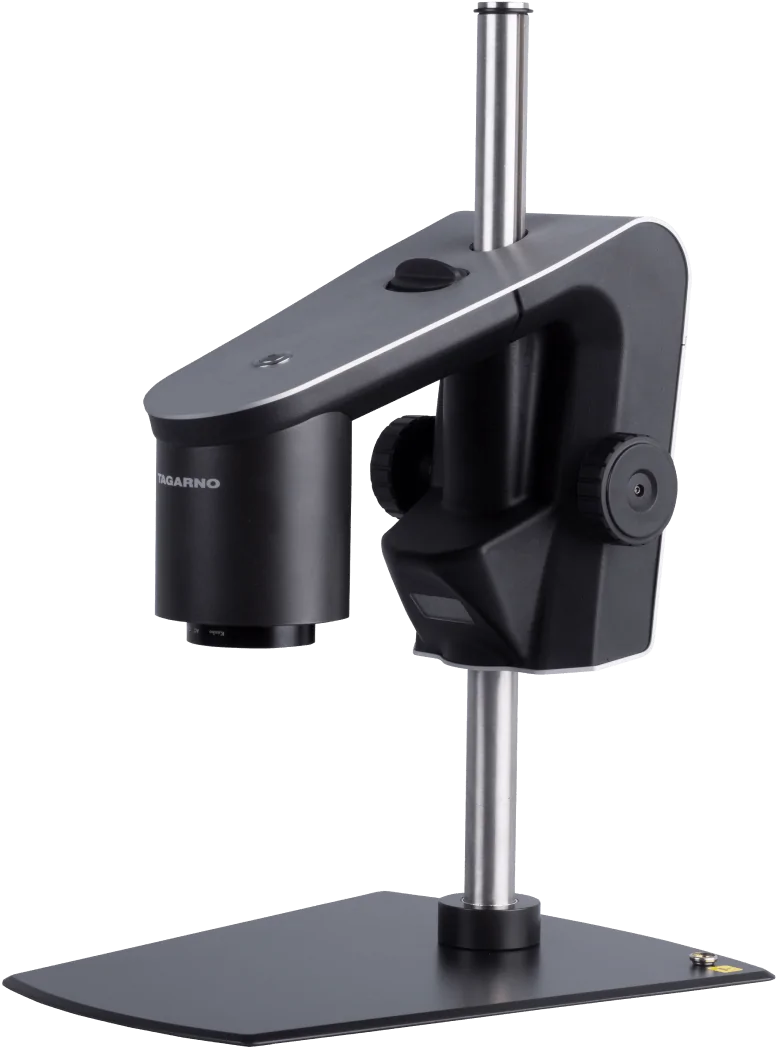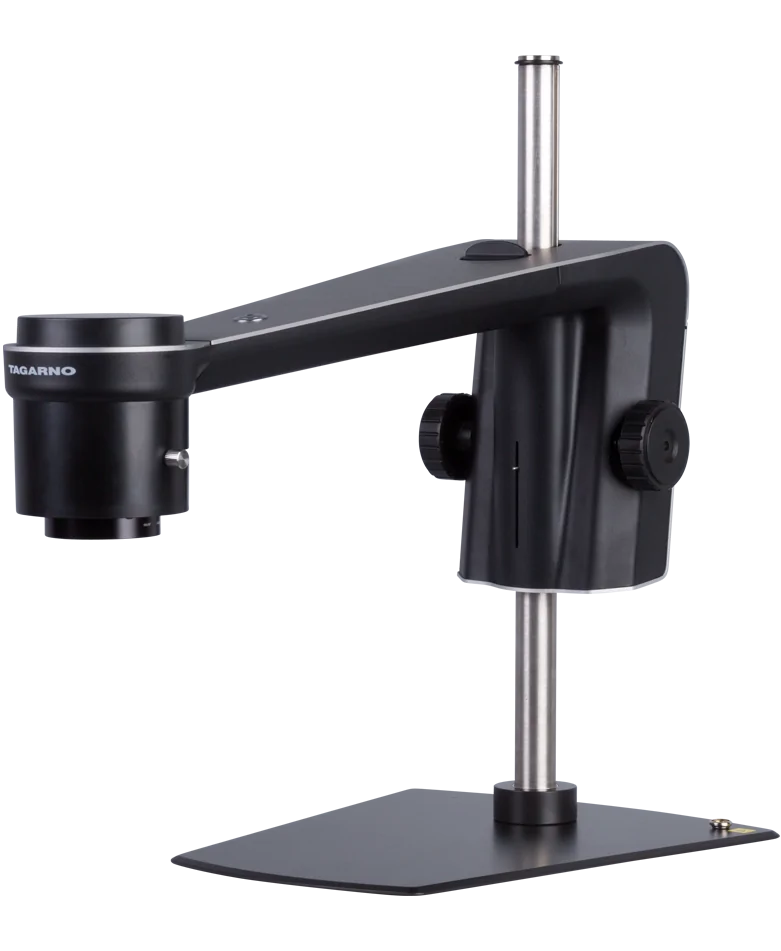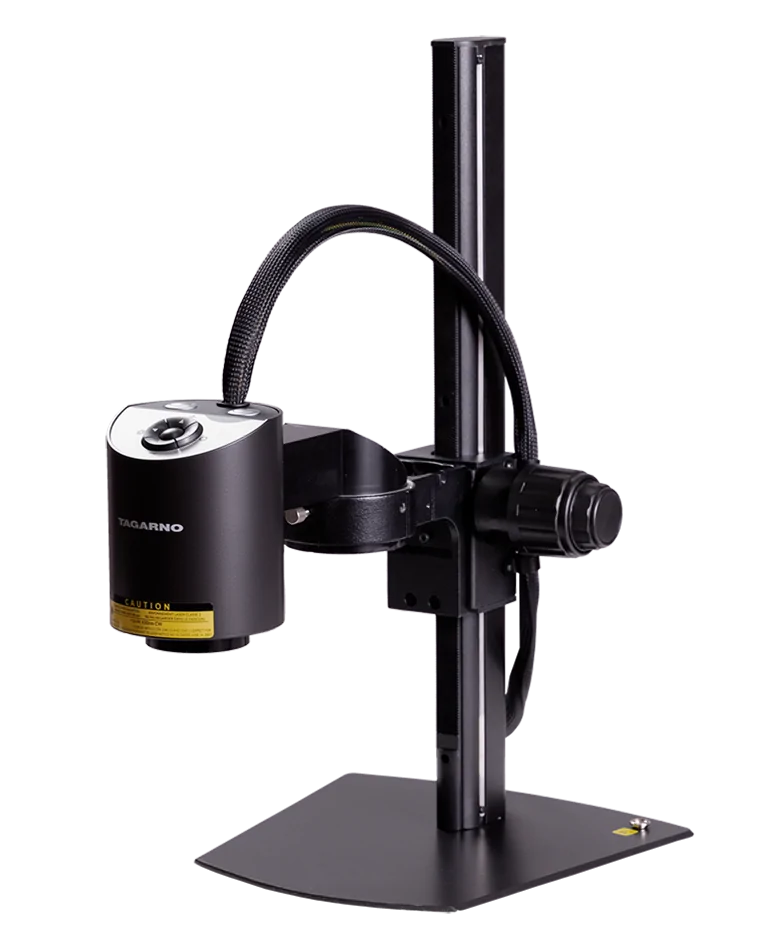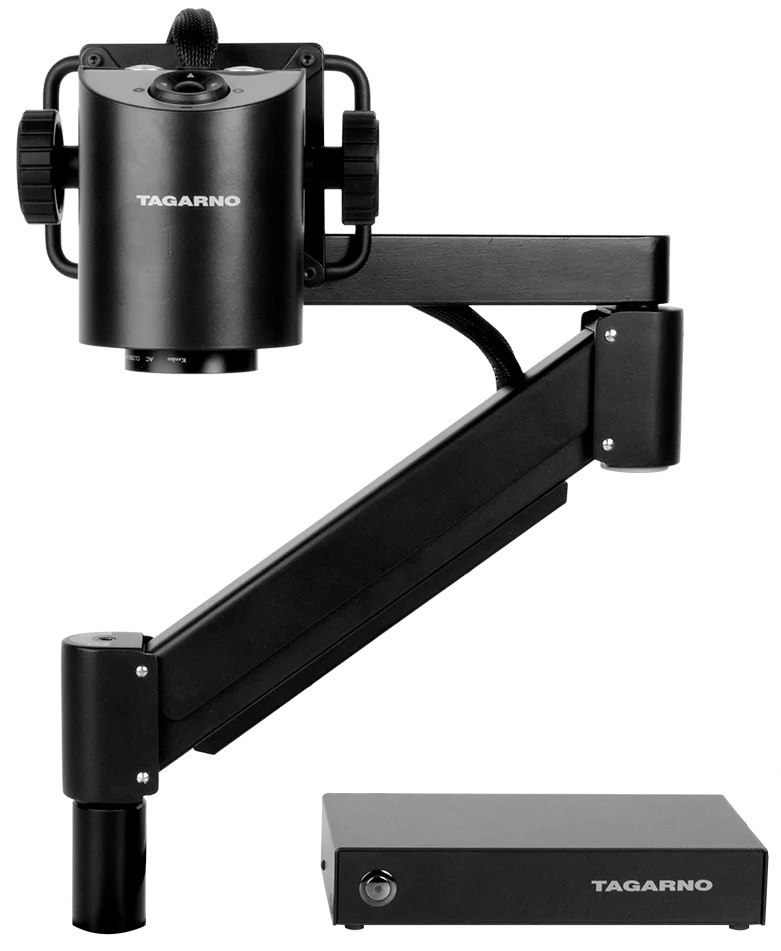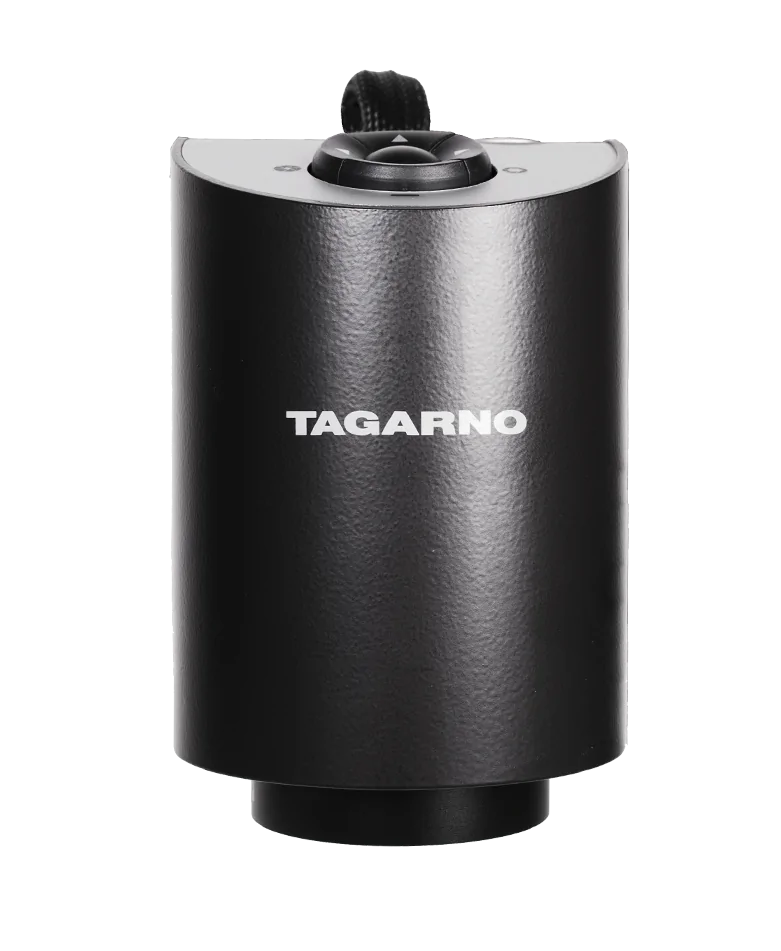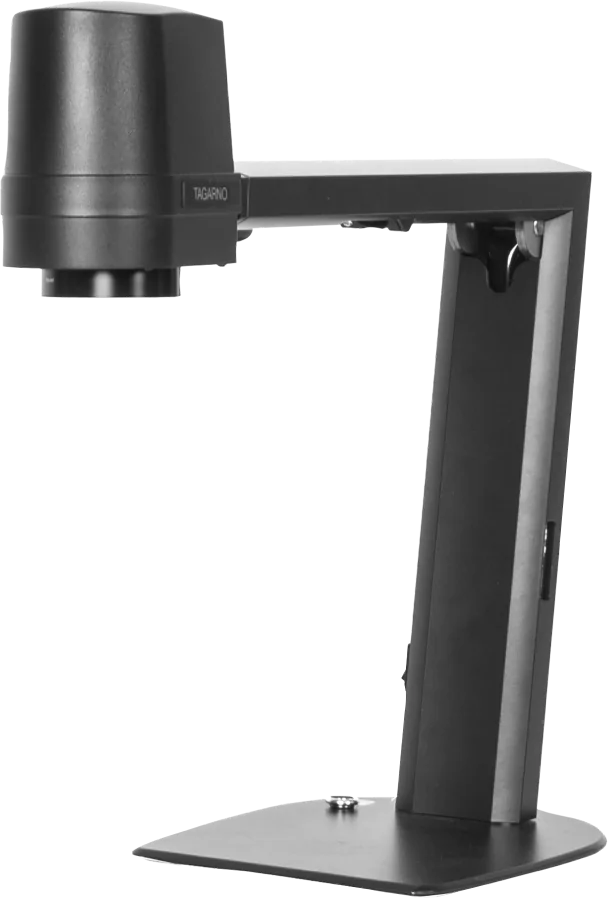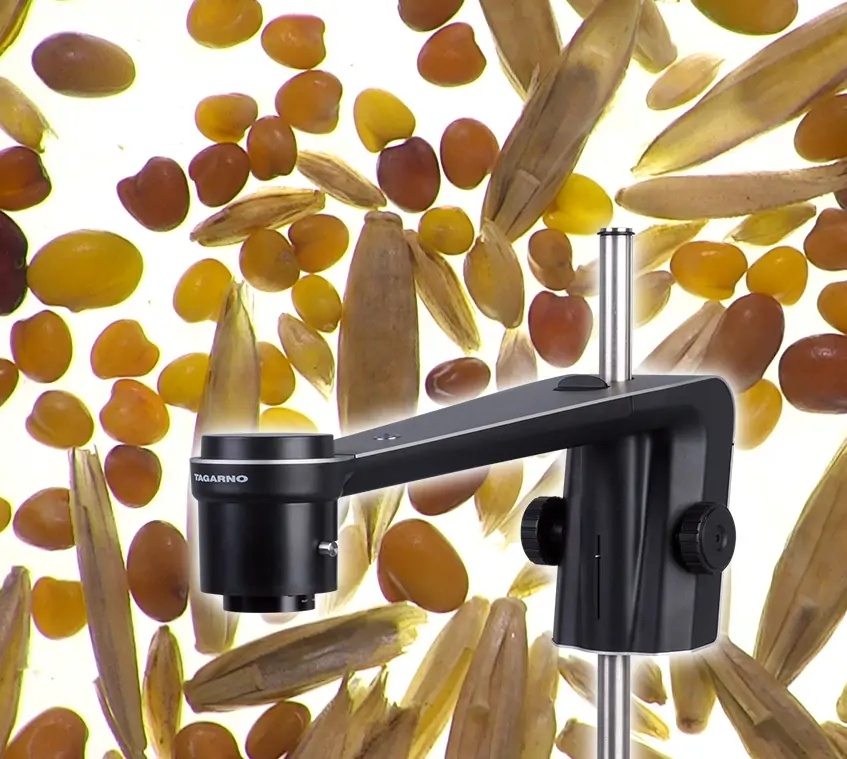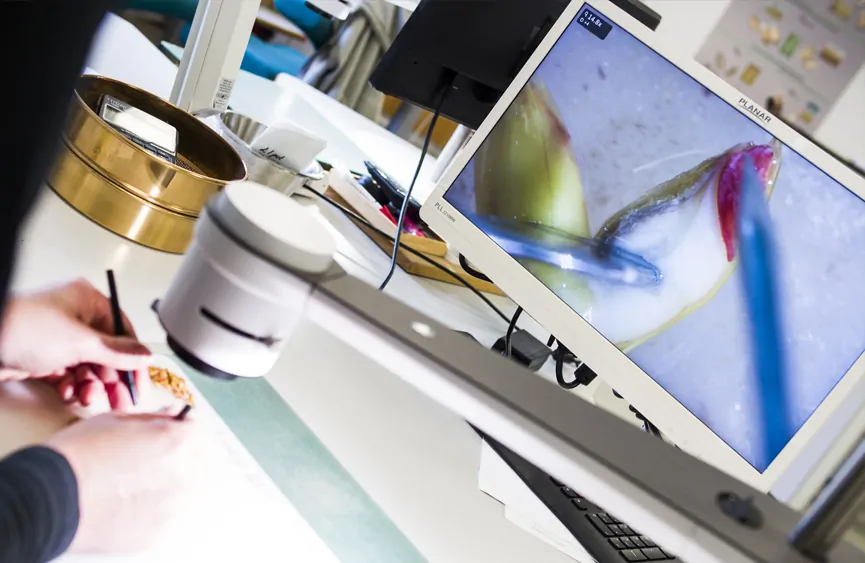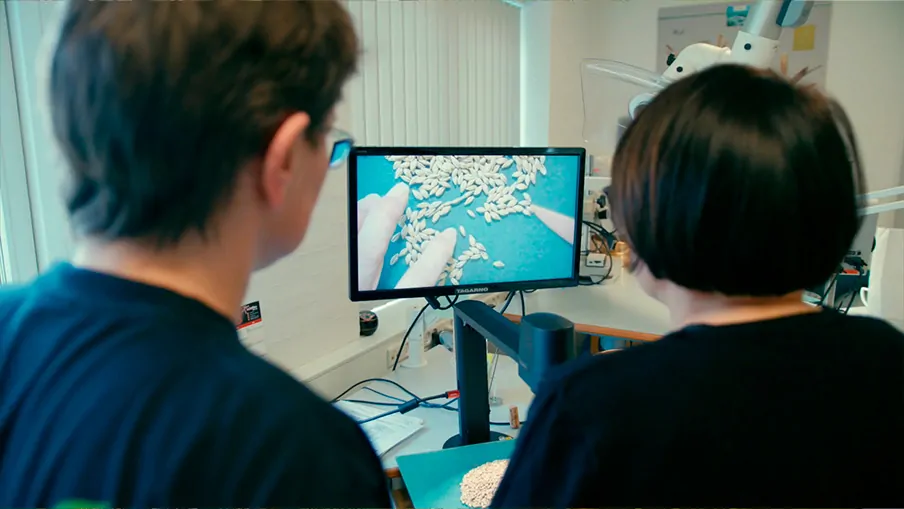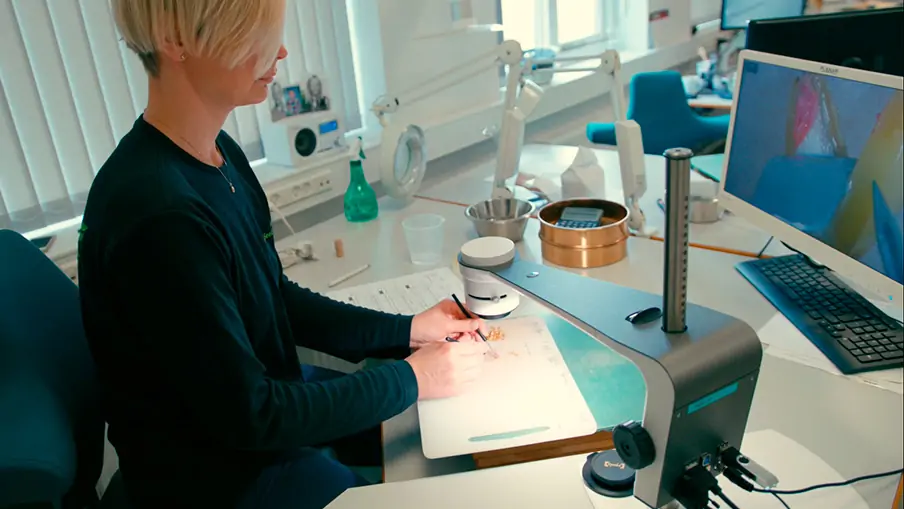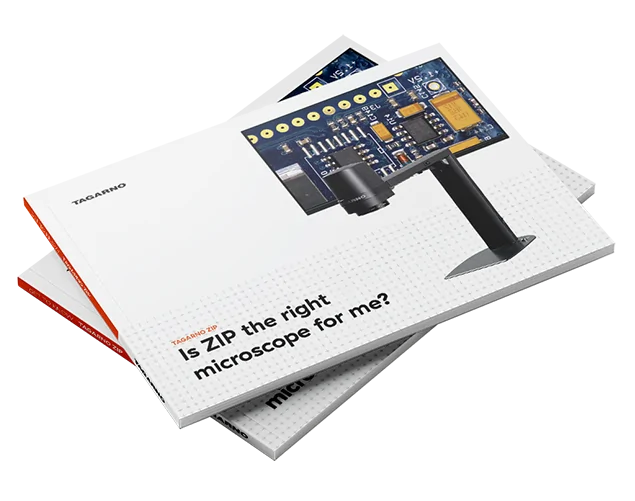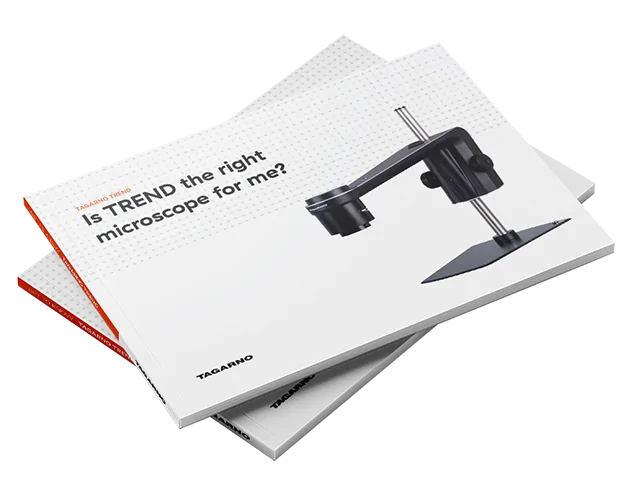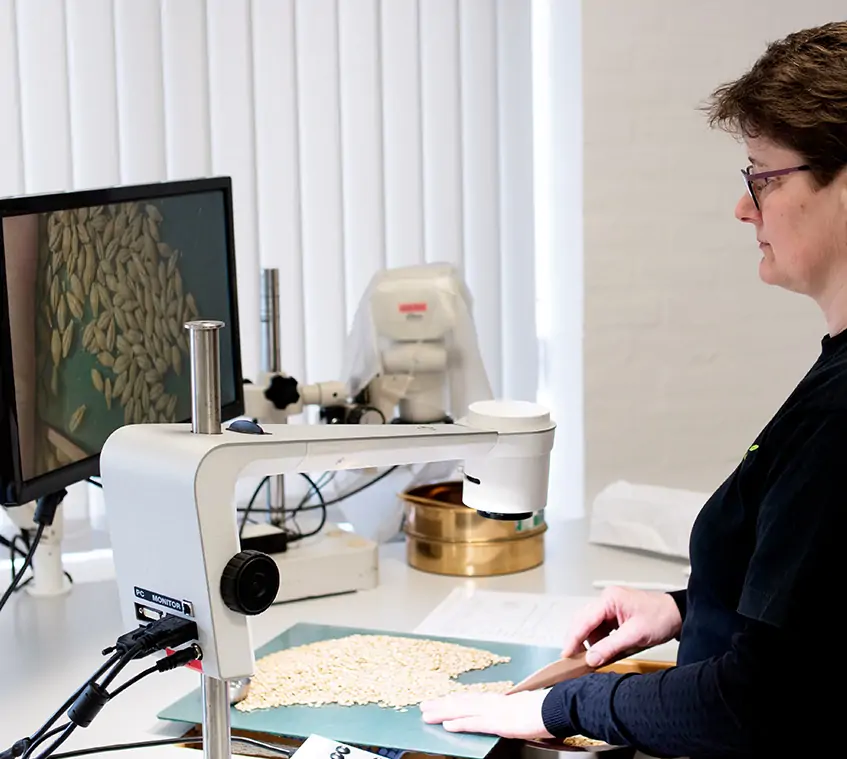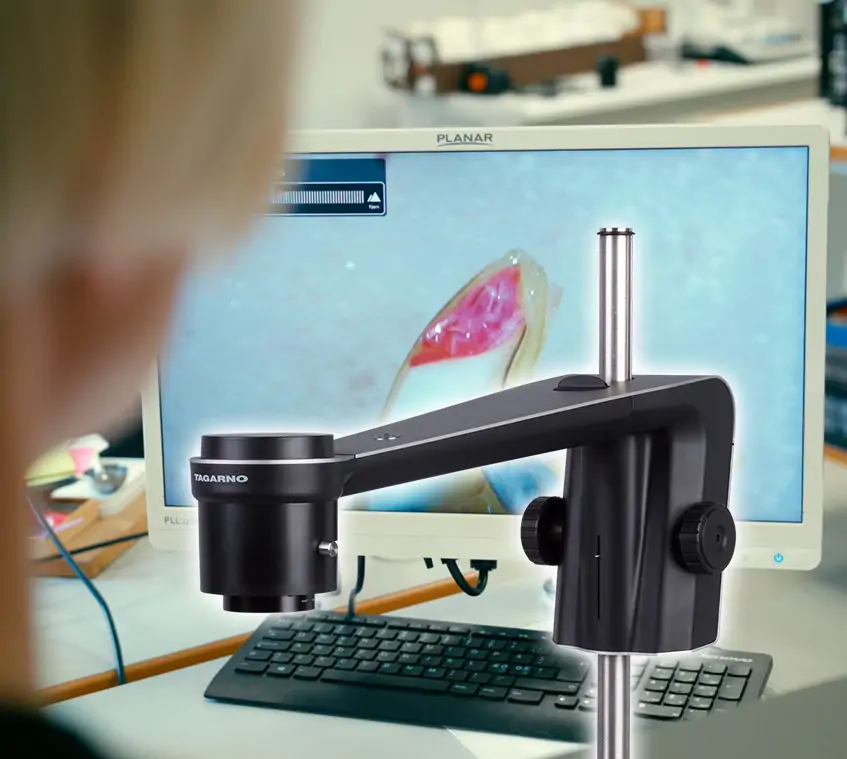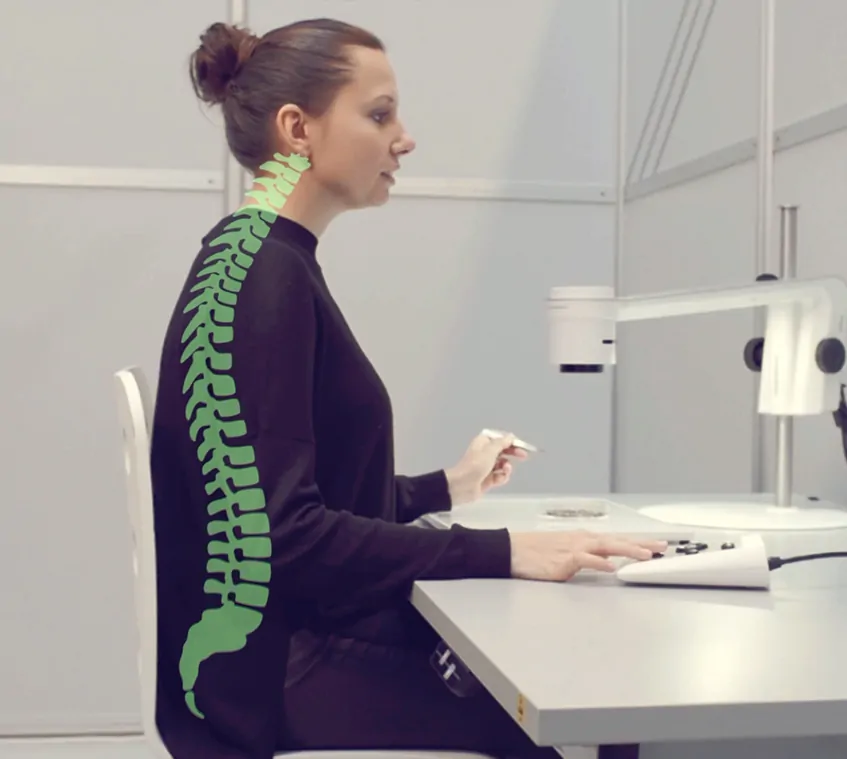Are you tired of headaches and having a sore neck and back after spending hours upon hours using a microscope when identifying seeds? Or perhaps you’re looking for a new microscope that can do more than just magnify to help you work more efficiently?
If so, you’ve come to the right place.
With the right digital microscope for seed testing and identification, you’ll not only find solutions to current issues caused by traditional magnification systems, such as job-related pain. You’ll also be introduced to brand new ways of working.
But which digital microscope will help you achieve these results?
